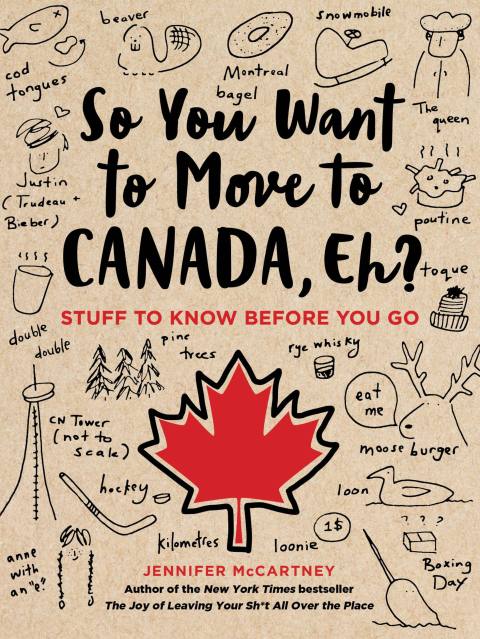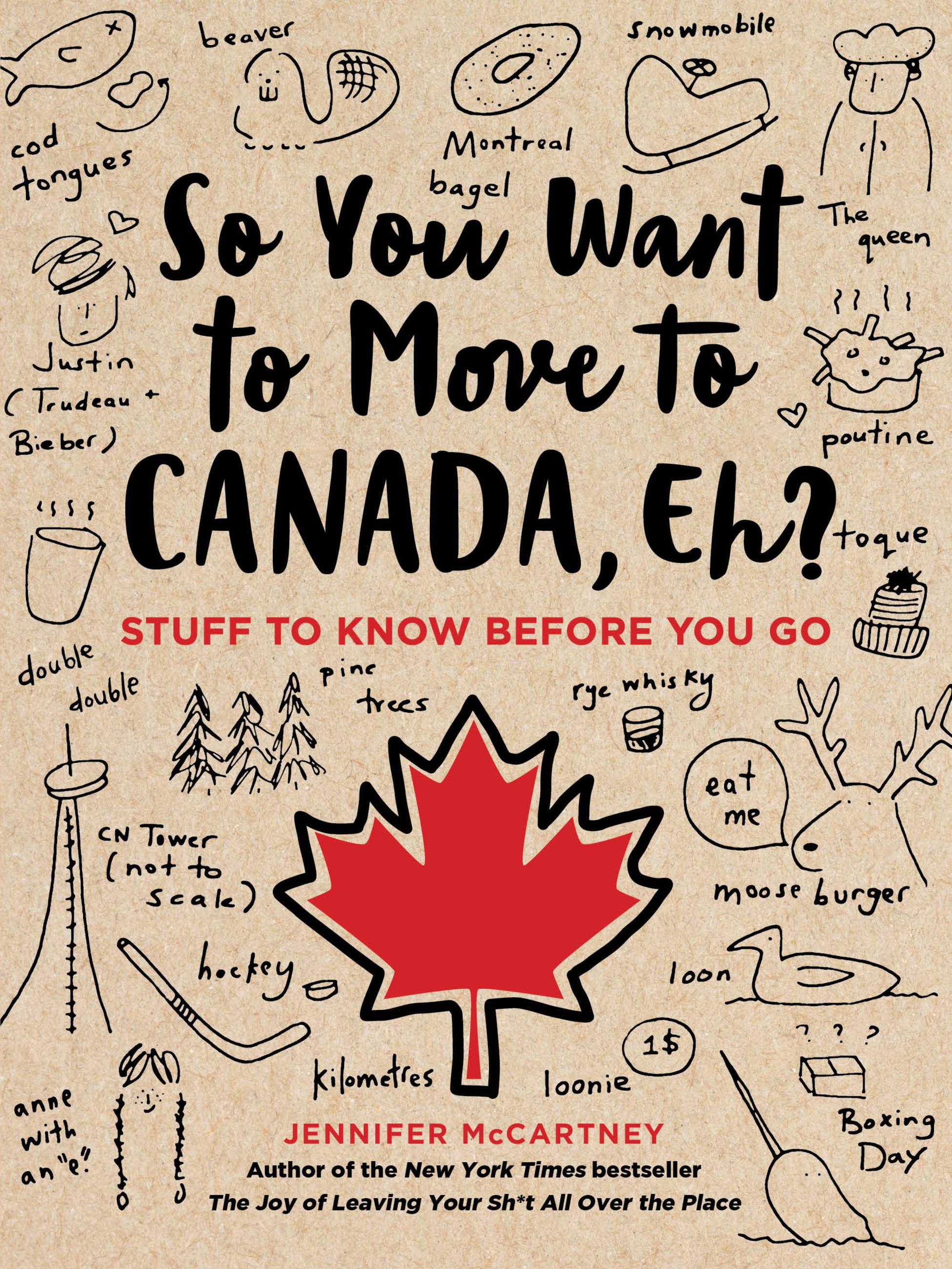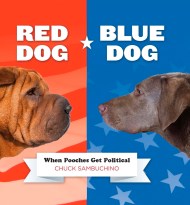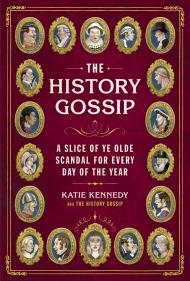Promotion
Use code BEST25 for 25% off storewide. Make sure to order by 11:59am, 12/12 for holiday delivery!
By clicking “Accept,” you agree to the use of cookies and similar technologies on your device as set forth in our Cookie Policy and our Privacy Policy. Please note that certain cookies are essential for this website to function properly and do not require user consent to be deployed.
So You Want to Move to Canada, Eh?
Stuff to Know Before You Go
Contributors
Formats and Prices
- On Sale
- Jun 25, 2019
- Page Count
- 192 pages
- Publisher
- Running Press
- ISBN-13
- 9780762495061
Price
$11.99Price
$15.99 CADFormat
Format:
- ebook $11.99 $15.99 CAD
- Audiobook Download (Unabridged)
- Trade Paperback $18.99 $24.99 CAD
This item is a preorder. Your payment method will be charged immediately, and the product is expected to ship on or around June 25, 2019. This date is subject to change due to shipping delays beyond our control.
Buy from Other Retailers:
Hilarious and honest, So You Want to Move to Canada, Eh will delight your politically disgruntled friends, nudge your bleeding-heart neighbor to hit the road, and inspire you to plan for (or daydream about) your own Canadian getaway. Written by New York Times bestselling author (and born-and-bred Canuck) Jennifer McCartney and peppered with creative doodles, charts, and graphs, this comprehensive guide will teach you everything you need to know about Canada, including:
- The food (learn to love seal flipper pie, ketchup chips, and timbits)
- Contributions to the arts and pop culture (Celine Dion, Margaret Atwood, Justin Bieber)
- How to fit in once you're there (notes on "eh" and beyond)
- Bewildering residency rules, demystified
- Unique laws and customs
- Colorful slang, explained
- History and a primer on Canadian provinces
Genre:
Newsletter Signup
By clicking ‘Sign Up,’ I acknowledge that I have read and agree to Hachette Book Group’s Privacy Policy and Terms of Use






